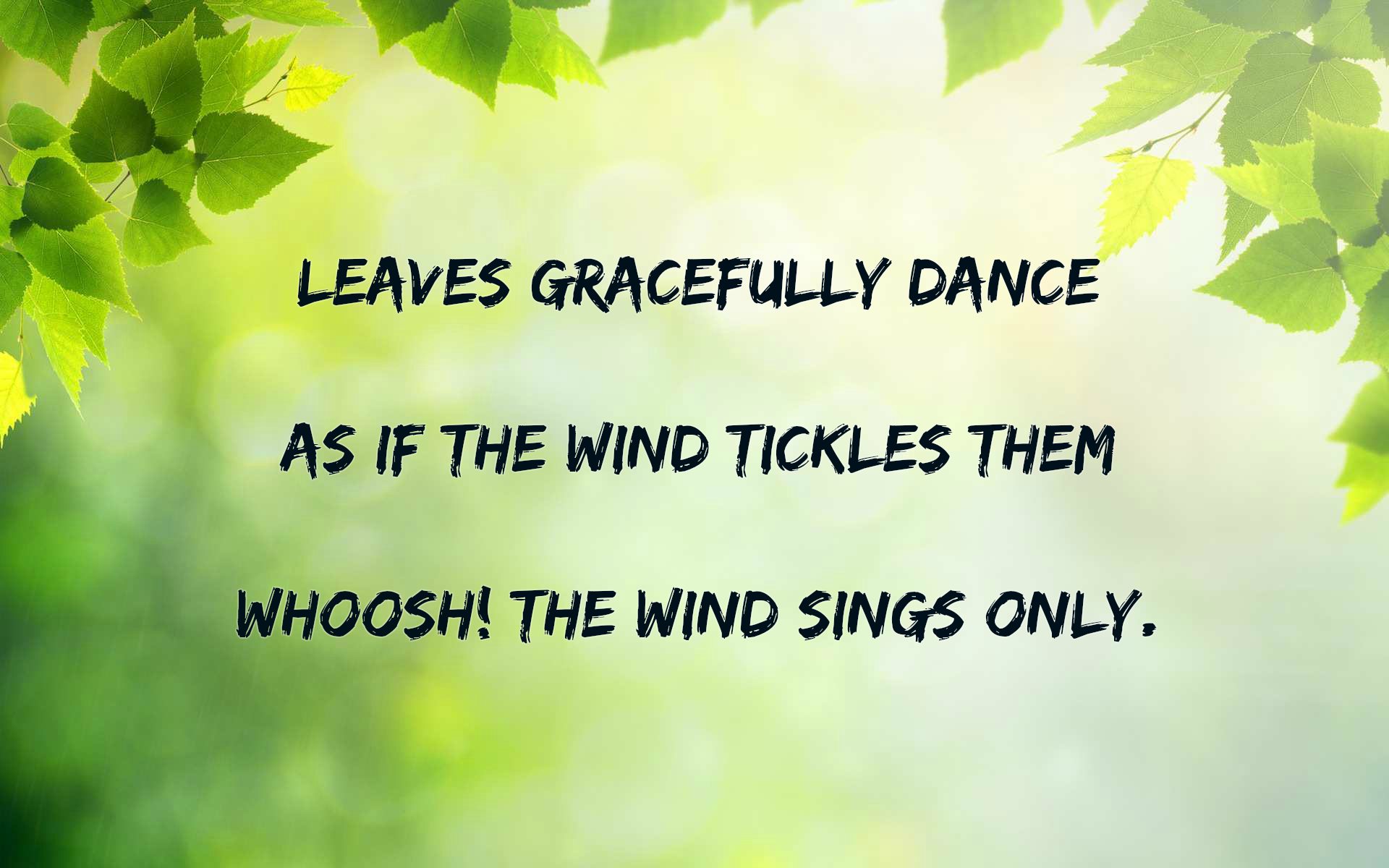

Or follow the steps below to write a "surprise-ending haiku." This is based on an exercise from the poet Ron Patchett which is described in The Haiku Handbook by William J. Try to "zoom in" on a small detail that contains the feeling of the larger scene. Or look out your window, and describe what you see. In your haiku, try to use details related to the senses - sight, hearing, touch, smell, or taste. You can use the pictures lower down on this page to give you ideas. If you're interested in other kinds of poetry, you might also like our online writing course, Essentials of Poetry Writing. If the sight of an empty winter sky made the poet feel lonely, describing that sky can give the same feeling to the reader.īelow, you'll find some ideas for writing haiku. Instead of saying how a scene makes him or her feel, the poet shows the details that caused that emotion.

The relationship between these two parts is sometimes surprising.
#A complete haiki how to#
How to Write a Haiku Poem, with Haiku Examples This page explains how to write a haiku poem, and offers haiku examples and prompts to inspire you.


 0 kommentar(er)
0 kommentar(er)
